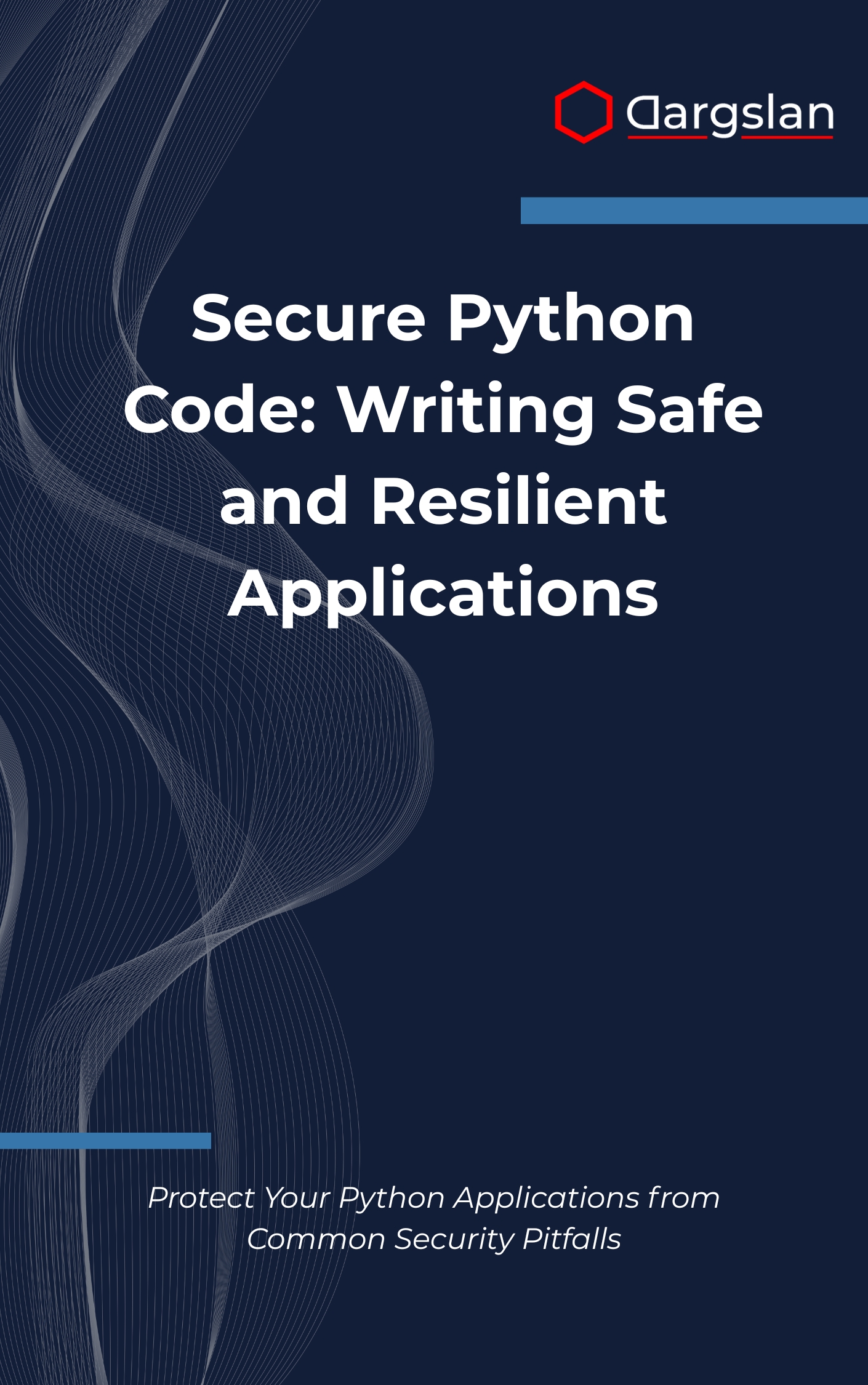Secure Python Code: Writing Safe and Resilient Applications
Secure Web Development in JavaScript: Building Safe and Resilient Web Applications Using Modern JavaScript Practices,Protect your web apps with secure JavaScript coding and modern best practices.

If you write Python for production, security is not optional—it’s your competitive advantage. This practical, expert-crafted guide shows you how to build applications that resist attacks, protect data, and keep your team shipping with confidence.
Protect Your Python Applications from Common Security Pitfalls
Overview
Secure Python Code: Writing Safe and Resilient Applications is a hands-on, implementation-focused resource for developers who need to harden code without slowing down delivery. It shows you how to Protect Your Python Applications from Common Security Pitfalls across the full lifecycle—from design and coding to testing and deployment—so you can ship trustworthy software at scale.
This IT book is both a programming guide and a technical book, designed for real-world teams working in Python. You’ll master secure coding principles, input validation and sanitization, file and data handling security, authentication and authorization systems, cryptography implementation, Flask and Django security, dependency management, logging and error handling, security testing and code analysis, API security, production deployment security, real-world incident analysis, and security tools and automation. Every topic is grounded in practical examples, with clear patterns you can adapt immediately.
Expect pragmatic coverage of industry tools and practices: hardening Flask and Django apps, leveraging the cryptography library correctly, designing OAuth2/JWT flows securely, using Bandit and Safety to spot risks early, and deploying with strong defaults for TLS, secrets, and containers. Real incidents, misconfigurations, and dependency risks are unpacked so you learn both the how and the why.
Who This Book Is For
- Web developers and API builders who want to secure Flask and Django apps without sacrificing performance or developer experience.
- Backend and platform engineers seeking clear patterns for authentication, authorization, dependency hygiene, and safe deployment pipelines.
- Team leads, SREs, and security-minded coders ready to raise the bar on code quality and make security a daily habit, not a last-minute scramble.
Key Lessons and Takeaways
- Design input validation that actually works: enforce strict types, schemas, and boundaries to stop injection, deserialization bugs, and XSS before they start.
- Implement robust auth the right way: secure session management, cookie flags, OAuth2/JWT, password storage with modern hashing, and role/permission models that scale.
- Ship with confidence: automate checks with Bandit and Safety, lock down dependencies, configure secure headers, and deploy hardened containers with minimal attack surface.
Why You’ll Love This Book
It’s practical, concise, and opinionated—built by someone who knows the Python ecosystem inside out. You get step-by-step guidance, annotated examples, and checklists you can drop straight into your workflow. The style is friendly yet rigorous, making complex topics approachable without dumbing them down.
How to Get the Most Out of It
- Start with the fundamentals, then go deep. Read the early chapters on secure coding principles, input validation and sanitization, and logging and error handling to establish guardrails. Move on to sections covering Flask and Django security, API security, and cryptography implementation as you layer in complexity.
- Apply concepts as you read. Harden one surface at a time: set strict content security policies, enable CSRF protection, sanitize logs, and adopt least-privilege for credentials. Use the guidance on dependency management to pin versions, verify hashes, and set up continuous monitoring.
- Practice with mini-projects. Build a small Flask or Django app that includes secure session handling, role-based authorization, and safe file uploads. Add request schema validation with pydantic or marshmallow, enforce rate limits on endpoints, and introduce automated checks with pre-commit hooks for Bandit and Safety.
Get Your Copy
Level up your Python security posture and start building resilient applications today. Whether you’re shipping a new MVP or running enterprise workloads, this guide gives you the patterns, tools, and confidence to protect users and data.




